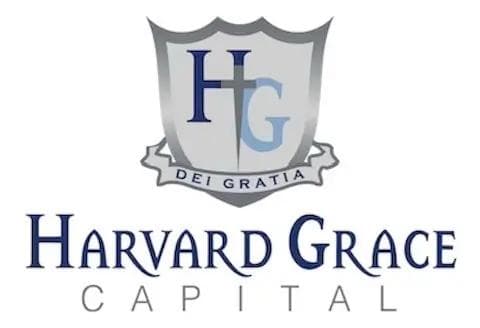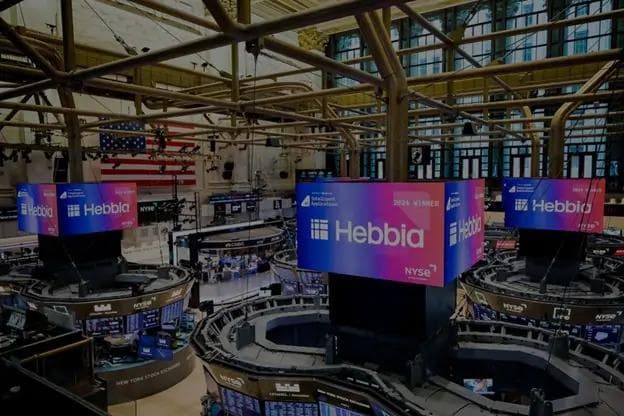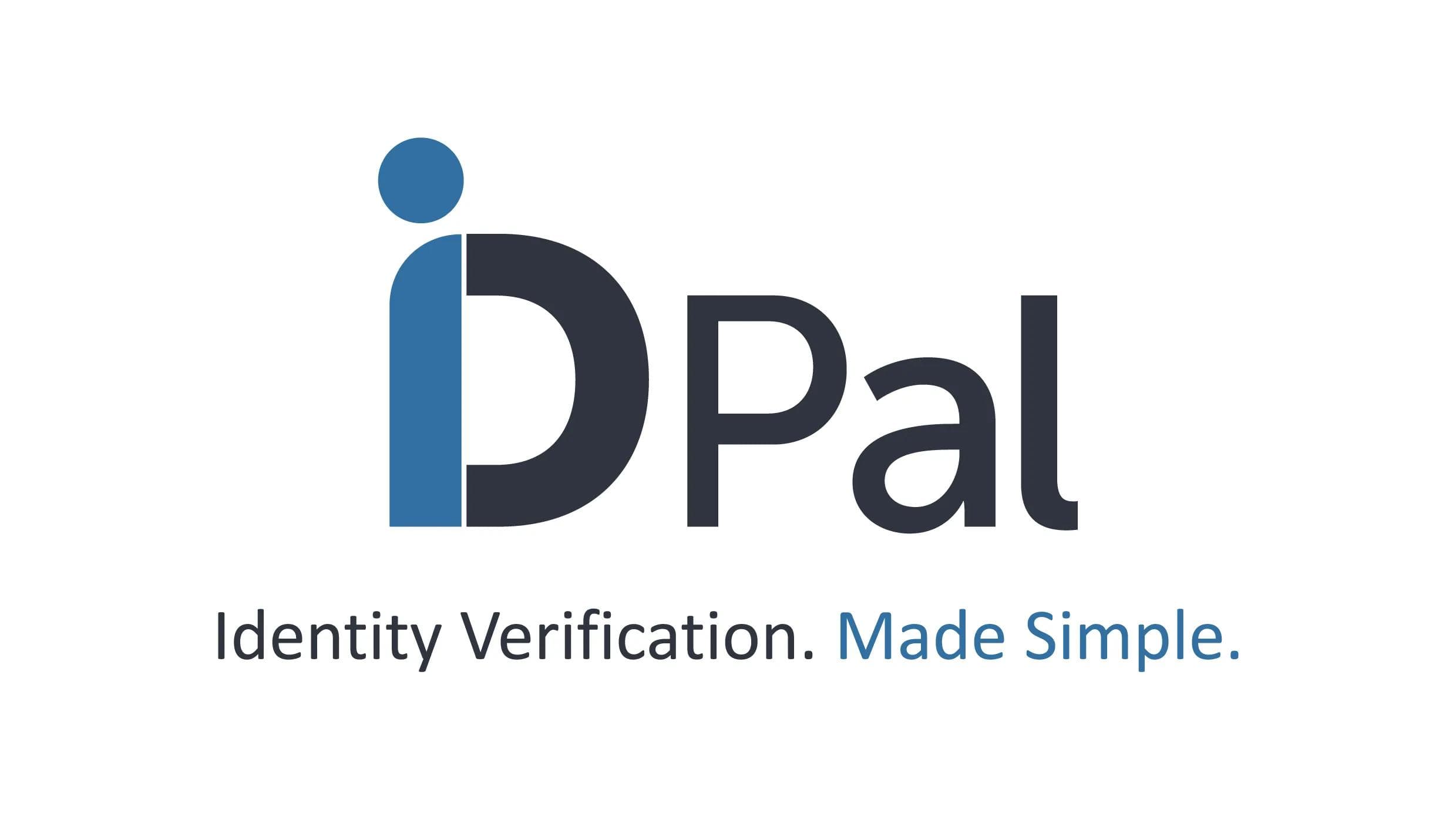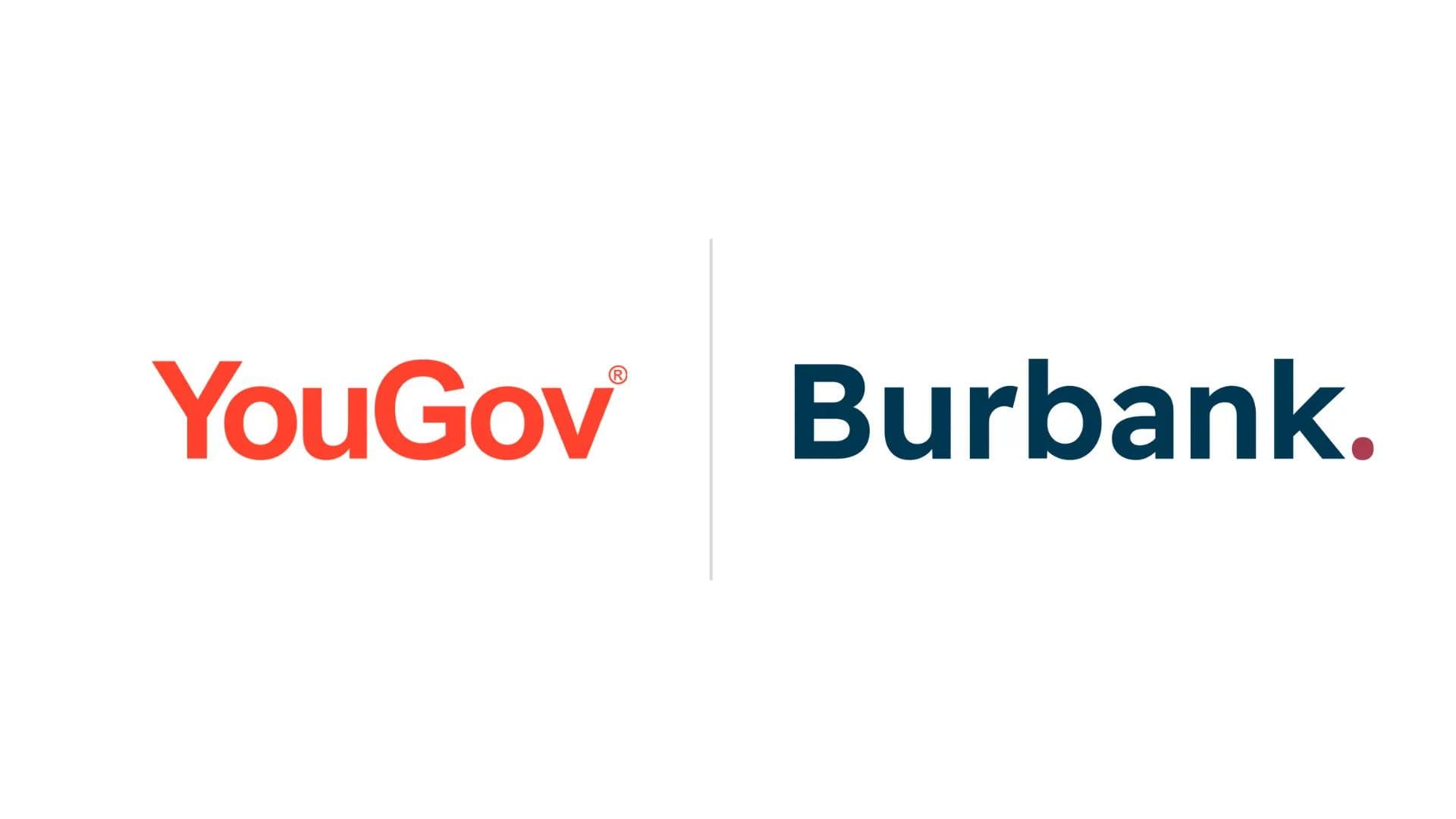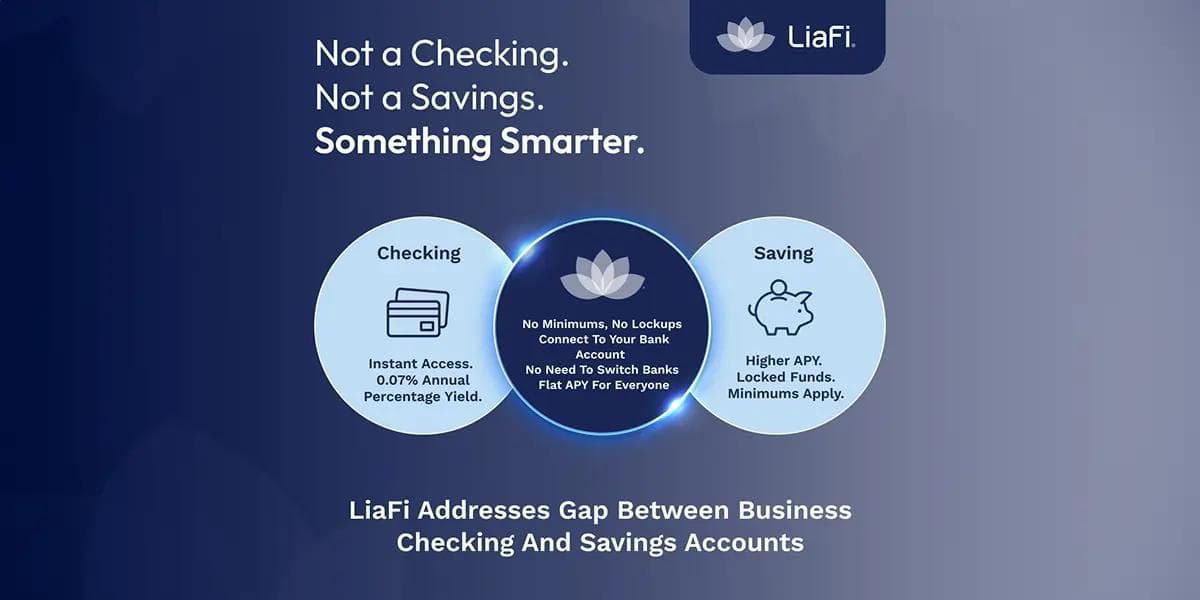Both the buy-side and the sell-side will increase IT spending in 2013 despite continued market instability
London, 19 March 2013. Weak market growth and a raft of impending regulation means the buy-side will increase IT budgets in 2013, says Ovum. Improving the customer experience and reducing dependence on brokers, while remaining compliant, requires further investment in IT, according to the global industry analyst firm. Similarly, the sell-side will increase IT spend with a particular focus on more complex multi-asset strategies to deliver improved returns for an increasingly demanding buy-side.
Buy-side
According to Ovum*, the buy-side will invest heavily in client servicing. With investor returns remaining weak, the buy-side is very aware that investors are becoming less faithful as they seek better returns. Customer experience offers a key opportunity to build investor loyalty and create a competitive advantage.
The availability of reports detailing how portfolios are performing will provide a more transparent, frequent, and readily accessible insight into the performance of particular asset managers. Although realtime reporting is still some way off, a move towards intra-day reporting via multiple client devices will enhance the customer experience.
“The buy-side is demonstrating good, old fashioned business sense. With a weak return on cash equities and uncertainty around margins, investors are looking for better returns from alternative asset managers. The buy-side is finding ways to increase returns by reducing the reliance on a single broker and adopting multi-prime strategies, as well as through direct market access (DMA),” comments Rik Turner, senior analyst, financial services technology, Ovum.
“There is no doubt the buy-side is becoming more tech-savvy and looking to lower its dependence on brokers – the continuing fall-out from the Lehman debacle. Of course, with a raft of regulation, including EMIR and MFID II on the horizon, spending on compliance will remain a high priority.”
Sell-side
In order to deliver returns for an ever-demanding buy-side, the sell-side is focusing investment on complex multi-asset strategies in an attempt to compensate for the lack of margin in cash equities. However, Ovum’s research shows that IT spend continues to be dominated by the need to remain compliant.
To achieve a competitive advantage in a weak market, the sell-side is increasing investment in the optimisation of post-trade operations. Still playing catch-up with the technologically advanced buy-side, cloud services and microwave connectivity are becoming a realistic option for a number of sell-side functions.
“Despite the market instability, the sell-side is still increasing its IT spend to move forward. With an increased reliance on innovative technology to deliver returns for the buy-side, the sell-side is strategically outsourcing previously on-premise IT solutions to reduce costs and remain competitive,” comments Turner. “Although IT infrastructure investment will grow, the age-old focus on compliance will continue to dominate sell-side IT spend.”









